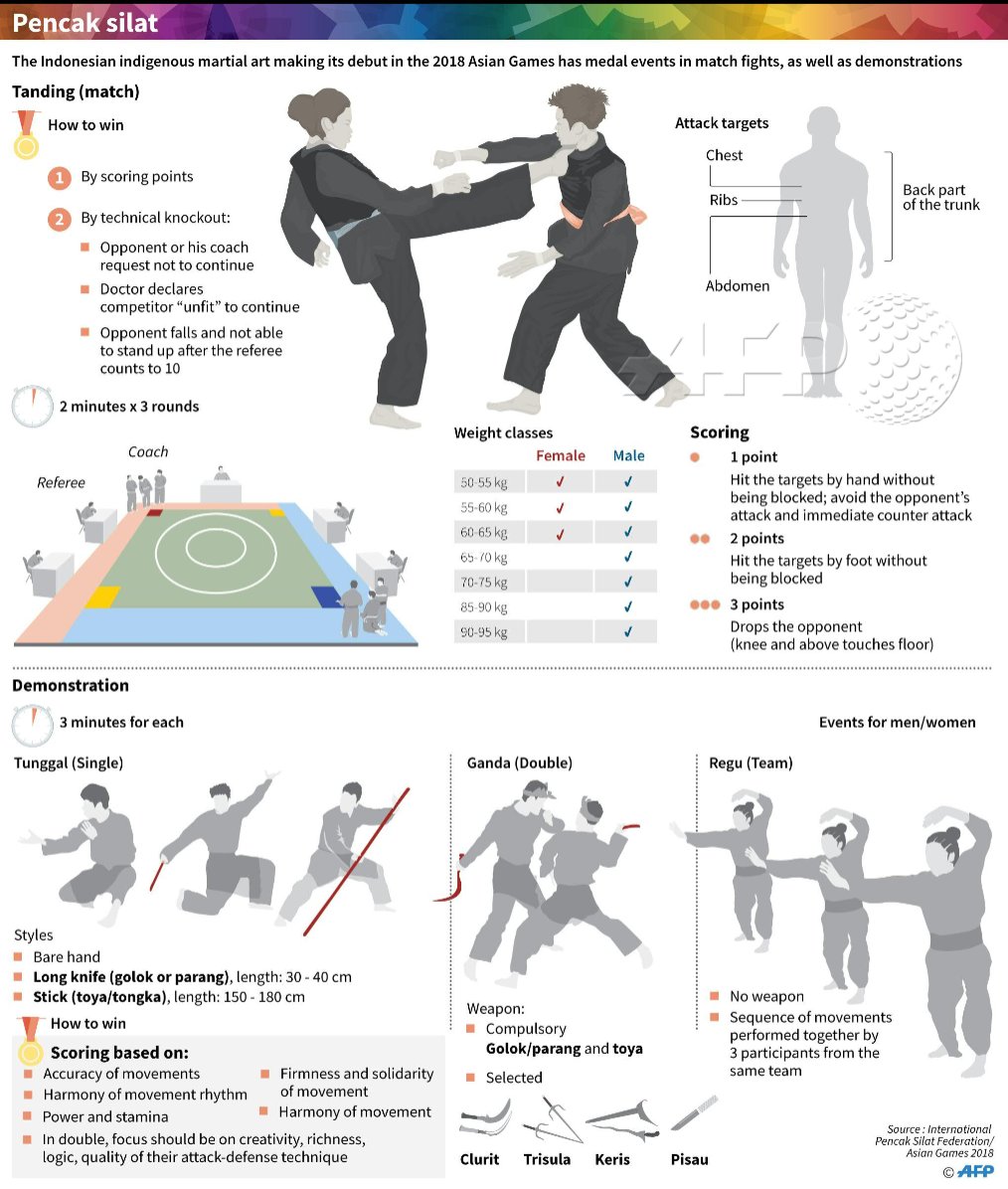Revealing The Range Of Martial Arts Disciplines: A Guide From Karate To Taekwondo
Revealing The Range Of Martial Arts Disciplines: A Guide From Karate To Taekwondo
Blog Article
Developed By-Osman Francis
Are you tired of sensation bewildered by the substantial world of fighting styles? With numerous designs to select from, it can be simple to get shed in a sea of punches, kicks, and mystical names. https://martial-arts-kids-classes88876.loginblogin.com/41163135/encourage-yourself-unlock-your-inner-strength-with-self-defense-educating fear not!
This discussion will debunk the different fighting styles styles, taking you on a journey from the powerful strikes of Karate to the dynamic kicks of Taekwondo. Prepare to discover the beginnings, strategies, and viewpoints behind these old art forms.
So, tighten your belt and prepare to start an enlightening expedition into the fascinating world of fighting styles.
Beginnings of Martial Arts Styles
The beginnings of martial arts designs can be traced back to ancient human beings and their requirement for protection and combat strategies. Throughout background, various cultures created their very own special techniques of combating, each with its own collection of methods and philosophies.
In China, for instance, fighting styles styles such as Kung Fu and Tai Chi were established as a means of self-defense and enhancing physical and mental well-being.
In Japan, the samurai warriors produced designs like Martial arts and Judo, concentrating on self-control, precision, and proficiency of the body.
In a similar way, in Korea, Taekwondo emerged as a fighting style highlighting high kicks, rapid movements, and mental perseverance.
These very early civilizations laid the foundation for the diverse variety of martial arts styles that exist today, each with its very own abundant background and social significance.
Strategies and Training Methods
To grasp martial arts designs, practitioners need to learn various techniques and training techniques.
see this page are the details activities and activities utilized in combat, such as strikes, kicks, tosses, and blocks. Various martial arts designs have their very own one-of-a-kind collection of strategies that practitioners have to grasp with strenuous training.
Educating techniques vary depending on the style, yet they generally entail a mix of physical conditioning, drills, competing, and forms.
Physical conditioning is essential to build strength, versatility, and endurance. Drills assist experts improve their techniques and enhance their speed and accuracy.
Sparring permits specialists to practice their techniques in a managed, sensible setting. Kinds, additionally referred to as kata, are ironclad sequences of movements that assist experts establish muscular tissue memory and emphasis.
Philosophies and Concepts
Checking out the philosophies and principles of martial arts styles can give you with a deeper understanding of your chosen discipline. Each fighting style has its very own special approach and set of assisting principles that form the means it's exercised.
For example, Martial arts stresses technique, regard, and self-constraint. It instructs practitioners to concentrate their minds and bodies, allowing them to defend themselves while keeping a sense of internal peace.
On the other hand, Taekwondo places a solid focus on speed, agility, and flexibility. Its principles are rooted in the tenets of politeness, integrity, perseverance, self-control, and unbeatable spirit.
Conclusion
Now that you've explored the origins, strategies, and philosophies of various fighting styles styles, you have a deeper understanding of these ancient techniques.
Visualize Get the facts , exercising with steady decision and emphasis, breaking through boards with a powerful punch.
Their trip showcases the dedication and toughness called for to understand a fighting style, advising us that with self-control and perseverance, anything is feasible.
